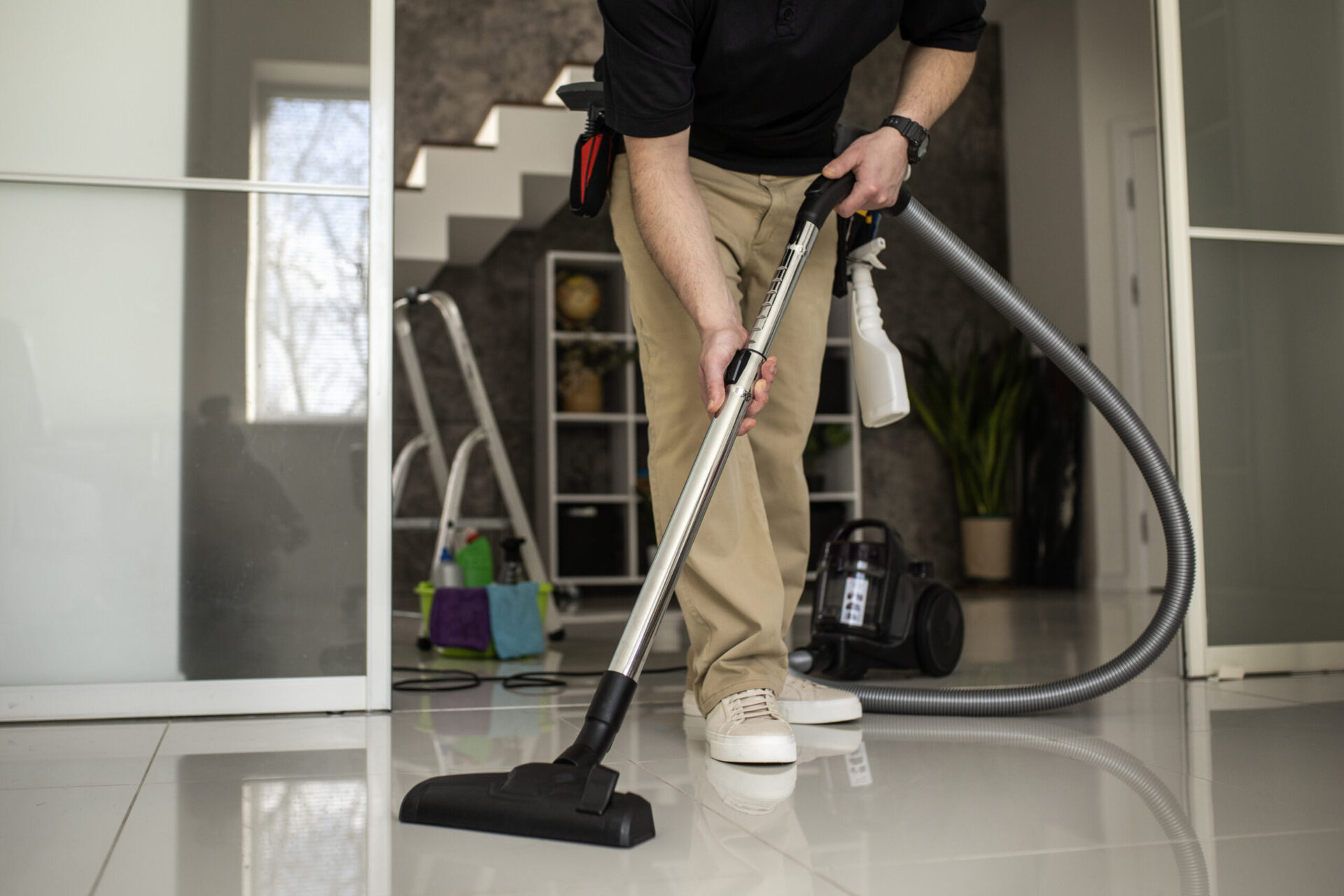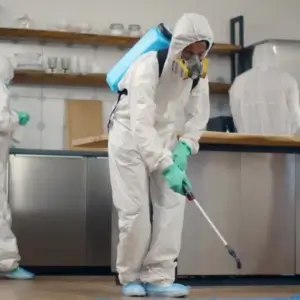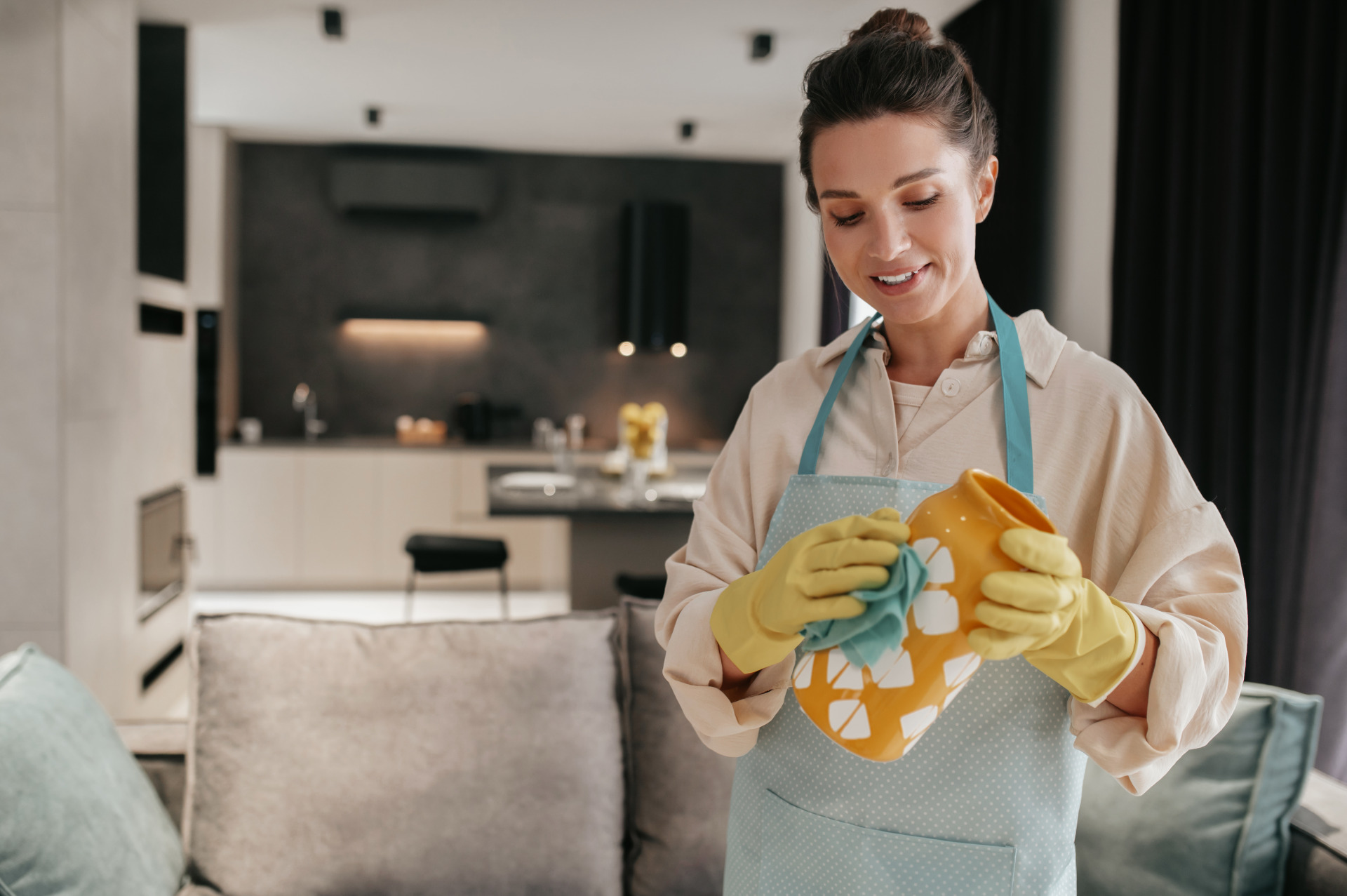Welcome to our comprehensive guide on “How to Clean Iron Soleplate.” A well-maintained iron plate is essential for achieving crisp, wrinkle-free clothes. In this post, we’ll explore effective methods and essential tips to keep your iron’s soleplate in pristine condition. From tackling stubborn stains to preventing mineral buildup, we’ve got you covered. Let’s dive into the details and ensure your iron stays in top-notch shape for flawless ironing every time.
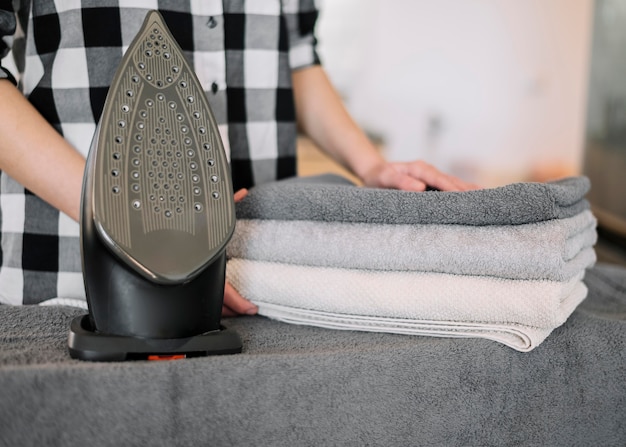
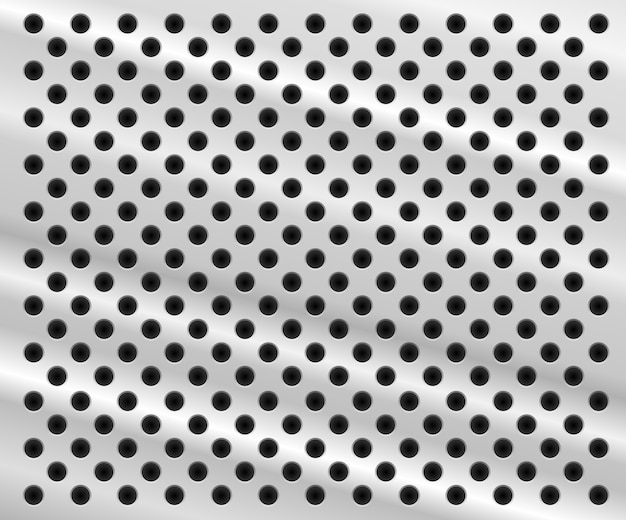
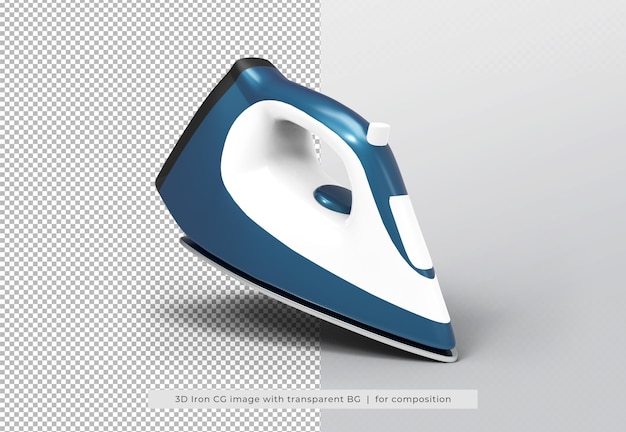

1. Understanding the Iron Soleplate
Why Cleaning Matters
The soleplate is the heart of your iron, and its cleanliness directly impacts the quality of your ironing. Over time, mineral deposits, burnt residues, and stains can accumulate, affecting the how clean an iron is’s performance. Regular cleaning not only prolongs the life of your appliance but also ensures your clothes emerge from the iron looking impeccable.Identifying Common Issues
Before diving into the cleaning process, it’s crucial to identify common issues like scorch marks, melted plastic, or mineral deposits. Understanding the nature of the problem allows for a targeted and effective cleaning approach.2. Essential Cleaning Tools
Baking Soda: Your Cleaning Companion
Baking soda, a household staple, proves invaluable in cleaning an iron soleplate. Create a paste by mixing baking soda with a small amount of water. This gentle yet effective solution works wonders in removing stains without causing damage.Paper Towel for Surface Cleaning
For day-to-day iron maintenance, use a damp paper towel to wipe the surface of the soleplate. This quick and easy method helps prevent the accumulation of dirt and ensures your iron is always ready for use.Cotton Swabs for Precision Cleaning
For intricate areas such as steam holes or vents, enlist the help of cotton swabs. Dipped in distilled white vinegar or a mild cleaning solution, these swabs target hard-to-reach spots, ensuring a thorough clean.
3. Step-by-Step Cleaning Guide
Method 1: Baking Soda Paste
- Mixing the Paste: Combine baking soda with water to form a paste.
- Application: Gently apply the paste to the soleplate, focusing on stained areas.
- Scrubbing: Using a soft rag, scrub the surface in circular motions.
- Wiping: Dampen a clean towel and wipe away the residue.
Method 2: Vinegar Solution
- Dilution: Mix distilled white vinegar with an equal amount of distilled water.
- Application: Dab a cotton swab or cloth into the solution.
- Precision Cleaning: Target steam holes and vents, wiping away deposits.
- Final Wipe: Use a dry paper towel to remove any remaining liquid.
4. Preventive Measures
Regular Maintenance Routine
Incorporate a routine cleaning schedule into your iron care regimen. By regularly using hot iron, wiping the soleplate with a damp cloth and checking for any issues, you prevent the accumulation of stubborn stains and residues.Adjusting Iron Settings
Avoid using high heat unnecessarily. For delicate fabrics, use steam iron on the lowest setting with full steam. This not only prevents scorch marks but also ensures the longevity of your iron.5. Troubleshooting Tips
Removing Melted Plastic
If you accidentally melt plastic on hot surface of the soleplate, let it cool completely. Use a plastic scraper or the edge of a credit card to gently lift off the plastic. Wipe the surface with a damp cloth to remove any remaining residue.Dealing with Hard Water Stains
For hard water stains, a mixture of vinegar and salt can work wonders. Apply the solution to the stains, let it sit for a few minutes, and then wipe away the deposits with a clean cloth.



